Welcome to our blog post, “From Expenses to Earnings: A Comprehensive Goat Farming Cost and Profitability Analysis.” Whether you’re considering starting a goat farming venture or enhancing your existing operation, understanding the financial aspects is crucial. This article delves deep into goat farming expenses and profits, unraveling the numbers and shedding light on the most cost-effective techniques.
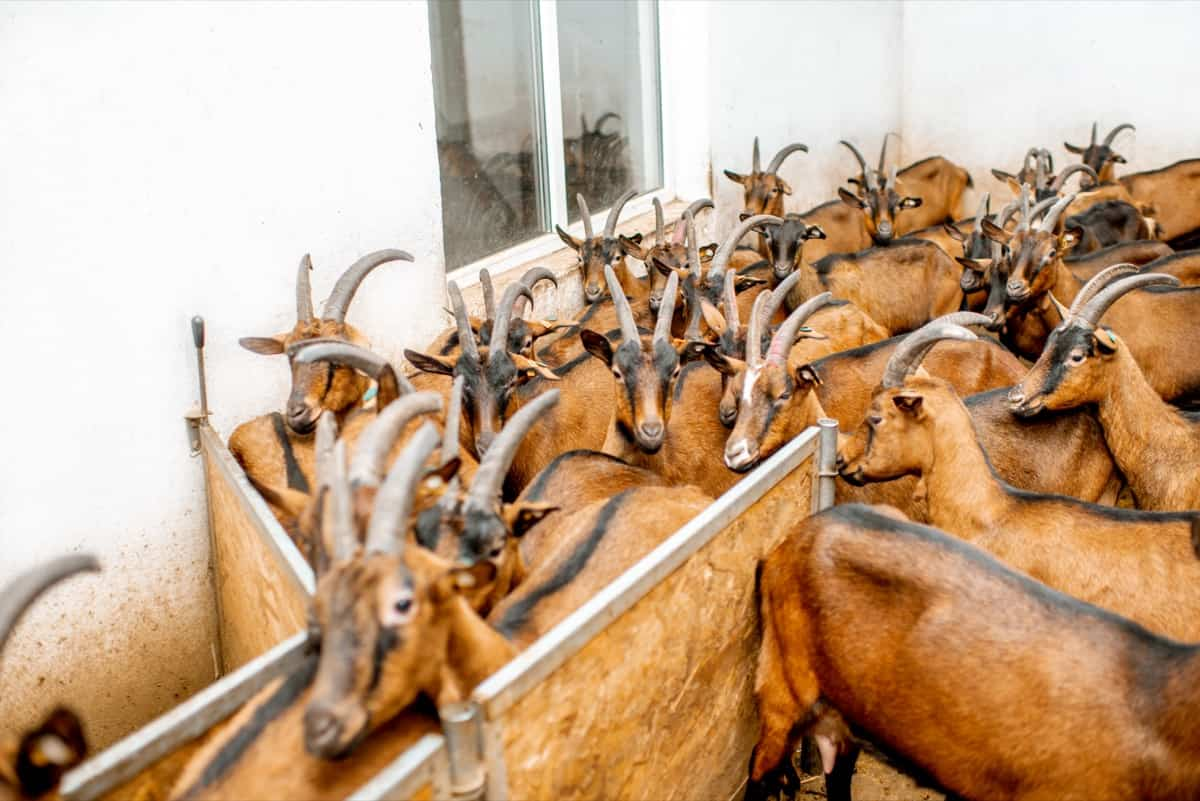
From breaking down expenses to analyzing profitability factors and exploring low-cost solutions, we’ve got you covered. Get ready for a journey where we unveil accurate data, provide creative insights, and offer informative tips to optimize your goat farming’s financial success.
What is Goat Farming Cost and Profitability Analysis?
Goat farming cost and profitability analysis involve evaluating the expenses and potential earnings of raising goats. Costs include acquiring goats, housing, feeding, healthcare, and marketing. Profitability depends on factors like the market demand for goat products, prices, production efficiency, and management practices. Calculating expenses accurately and exploring various income sources like meat, milk, fiber, and breeding stock is important to maximize profits.
Average Cost of Starting a Goat Farm
- Price range: From Rs. 3,00,000 to Rs. 5,00,000
- The purchase of goats.
- Construction of a suitable goat shed.
- Procurement of feeding and watering equipment.
- Initial healthcare expenses.
- Factors like land acquisition, labor, and administrative expenses should also be considered.
Goat Farming Expenses Breakdown
Goat farming expenses breakdown in INR (Indian Rupees) includes various aspects. The approximate cost for acquiring goats ranges from INR 3,000 to INR 10,000 per goat, depending on the breed and age. Housing infrastructure can cost around INR 20,000 to INR 50,000. Feeding expenses amount to approximately INR 1,500 to INR 3,000 per goat annually. Healthcare costs, including vaccinations and deworming, average around INR 500 to INR 1,000 per goat per year. Marketing expenses vary but can be estimated at around INR 2,000 to INR 5,000 annually.
Profitability Analysis of Goat Farming
The profitability analysis of goat farming involves assessing the venture’s potential earnings and financial viability. The initial investment includes procuring goats, building suitable housing, and building the necessary infrastructure. Operating costs encompass expenses for feeding, healthcare, breeding, and marketing. The profitability largely depends on the market demand and prices for goat products, such as meat, milk, and fiber.
In case you missed it: How to Start Profitable Pygmy Goat Farming: Business Plan and Requirements
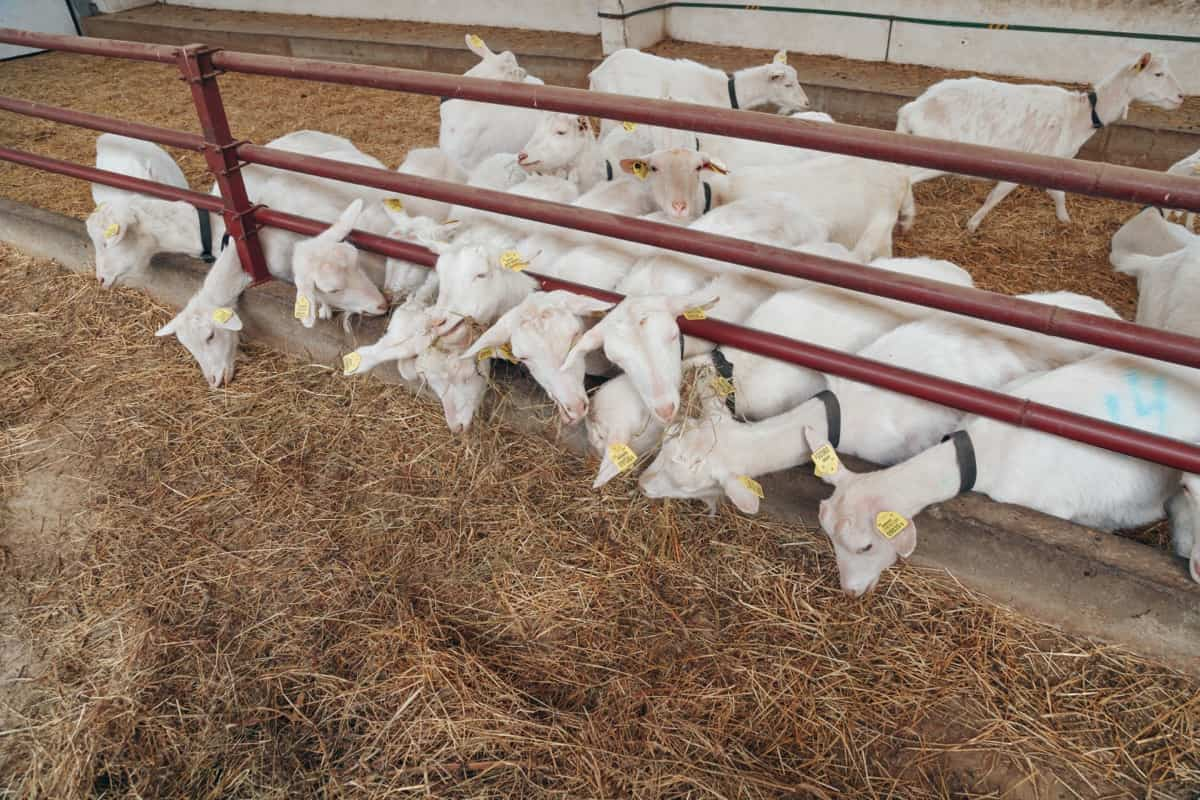
Efficient management practices, including proper nutrition, health management, and breeding strategies, contribute to higher productivity and profitability. Additionally, diversifying income sources through value-added products like cheese, yogurt, and skin products can enhance profitability. Accurate record-keeping and cost analysis are crucial to monitor expenses and track profitability.
Low-cost Goat Farming Techniques
- Pasture-based feeding: Utilize natural grazing areas and rotational grazing systems to reduce feed costs. Allow goats to graze on grasses, shrubs, and forage crops to meet their nutritional needs.
- Silage production: Preserve excess forage by making silage, which is fermented feed. This can be done by chopping and compacting green fodder in an airtight container to create a nutritious feed source during periods of scarcity.
- Intensive feeding: Supplement grazing with cost-effective, nutrient-rich feed such as grains, oilcake, and agro-industrial byproducts. Balancing the diet according to nutritional requirements ensures optimal growth and productivity.
- Multi-purpose tree plantations: Establish fodder trees like Leucaena, Gliricidia, and Moringa, which provide shade and nutritious leaves. They serve as a reliable feed source, reducing reliance on external inputs.
- Efficient breeding: Implement selective breeding practices to improve herd genetics, focusing on traits such as high milk production, fast growth, and disease resistance. This improves overall productivity and reduces costs associated with healthcare.
- Low-cost housing: Design simple and sturdy shelters using locally available materials like bamboo, wood, and corrugated iron sheets. Adequate ventilation and protection from harsh weather are essential for goat health.
- Water management: Develop water conservation techniques like rainwater harvesting and troughs to ensure a steady and reliable water supply for goats.
- Disease prevention: Follow proper vaccination schedules, regular deworming, and good hygiene practices to minimize the risk of diseases and associated treatment costs.
- Manure management: Utilize goat manure as organic fertilizer for crops, reducing the need for chemical fertilizers and improving soil health.
- Strategic breeding and kidding: Time breeding to coincide with favorable market conditions and demand. Properly manage kidding to reduce mortality rates and increase the number of healthy kids.
- Cooperative farming: Collaborate with other goat farmers to share resources, bulk purchase inputs, and collectively market products, reducing individual costs and increasing market competitiveness.
- Value addition: Explore options to process goat milk into cheese, yogurt, soap, and fiber into yarn or garments. Value-added products have higher profit margins compared to raw commodities.
- Entrepreneurial skills: Enhance business acumen through training and workshops to manage finances, marketing, and customer relationships effectively.
- Marketing strategies: Identify niche markets and develop branding strategies to differentiate products. Directly selling to consumers, restaurants, or specialty stores can fetch higher prices and reduce middleman costs.
- Record keeping: Maintain accurate records of expenses, production, and sales to analyze profitability and make informed decisions regarding resource allocation and future planning.
In case you missed it: Key Rules to Start Totapari Goat Farming from Scratch: Requirements and Business Plan
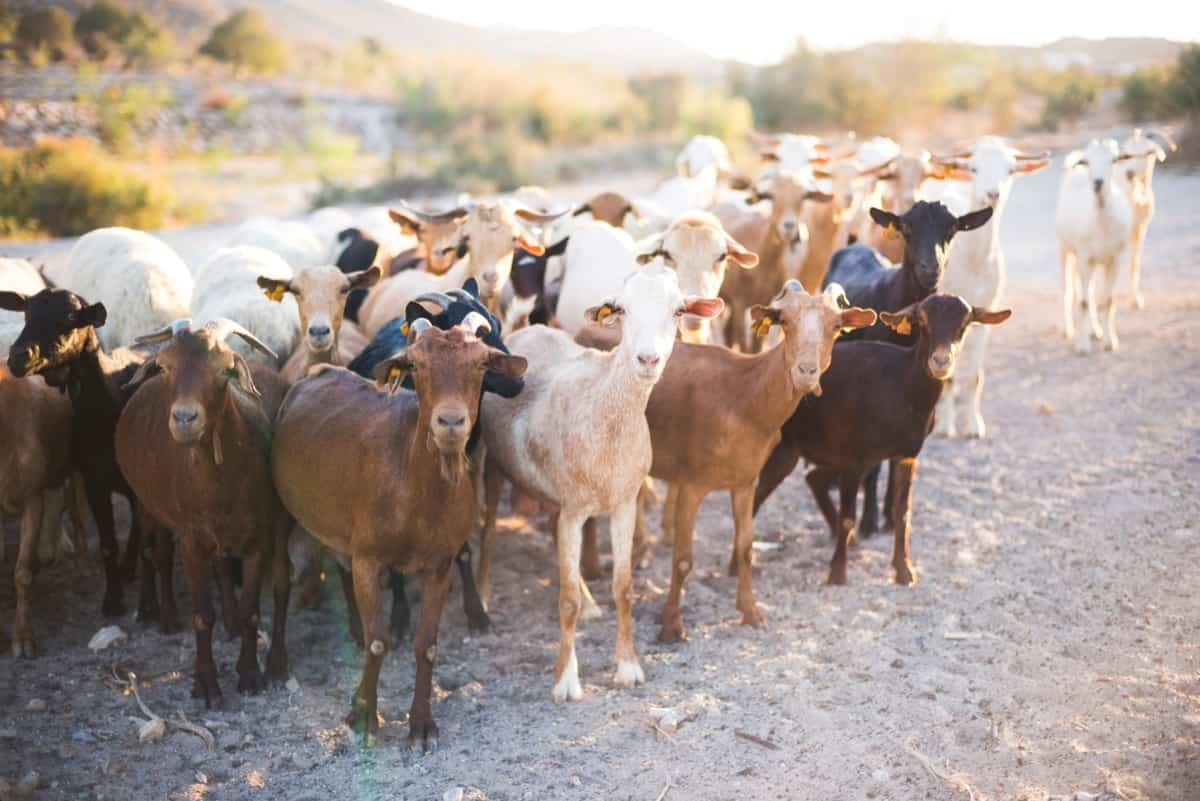
Factors Affecting the Profitability of Goat Farming
Factors affecting the profitability of goat farming include market demand for goat products, efficient production practices, breed selection, feed and nutrition management, disease control, reproductive and breeding strategies, operational cost management, and diversification through value-added products.
Assessing consumer preferences, optimizing production systems, choosing high-yielding breeds, providing balanced nutrition, implementing disease prevention measures, managing costs effectively, and exploring value-added product opportunities is important.
Goat Farming Cost Per Head
The cost of goat farming per head varies based on several factors. On average, the initial investment for a single goat can range from INR 5,000 to INR 10,000, depending on the breed and age. Housing construction costs may range from INR 5,000 to INR 10,000 per goat. The expenses for feeding can vary between INR 2,000 to INR 4,000 annually. Veterinary care and vaccinations may cost around INR 500 to INR 1,000 per goat. Other miscellaneous costs, including labor, electricity, and equipment, can add up to approximately INR 1,000 annually.
Return on Investment in Goat Farming
Return on Investment (ROI) in goat farming refers to the venture’s profitability. In India, the ROI in goat farming can vary depending on various factors such as breed selection, management practices, market demand, and input costs. On average, a well-managed goat farm can yield a return of 20% to 40% annually.
For example, if an initial investment of INR 1,00,000 is made, the expected annual profit can range from INR 20,000 to INR 40,000. However, it is important to note that ROI can fluctuate due to market conditions, disease outbreaks, and other unforeseen factors.
Goat Farming Profit Margins
Profit margins in goat farming can vary based on factors such as the breed of goats and the farm’s location. According to The Farming House, a net profit of around 30,000 INR can be achieved in six months. Another report by Signup Trending Nature suggests a profit margin of approximately 50%.
However, it’s worth noting that cultivating your goat feed on the farm can significantly boost your profit margin by up to 80%. By reducing feed costs, you can maximize profitability. Efficient herd management, proper healthcare practices, and effective marketing strategies improve goat farming profit margins.
Economic Viability of Small-scale Goat Farming
Small-scale goat farming can be economically viable with proper planning and management. The economic viability of small-scale goat farming depends on various factors. On average, the initial investment for a small-scale goat farm in India ranges from Rs. 1,50,000 to Rs. 3,00,000. The major costs include purchasing goats, constructing a shed, feeding expenses, healthcare, and marketing. With good management practices, small-scale goat farmers can expect an annual income ranging from Rs. 1,50,000 to Rs. 3,50,000.
In case you missed it: Key Rules to Start Jamunapari Goat Farming: Requirements and Business Plan
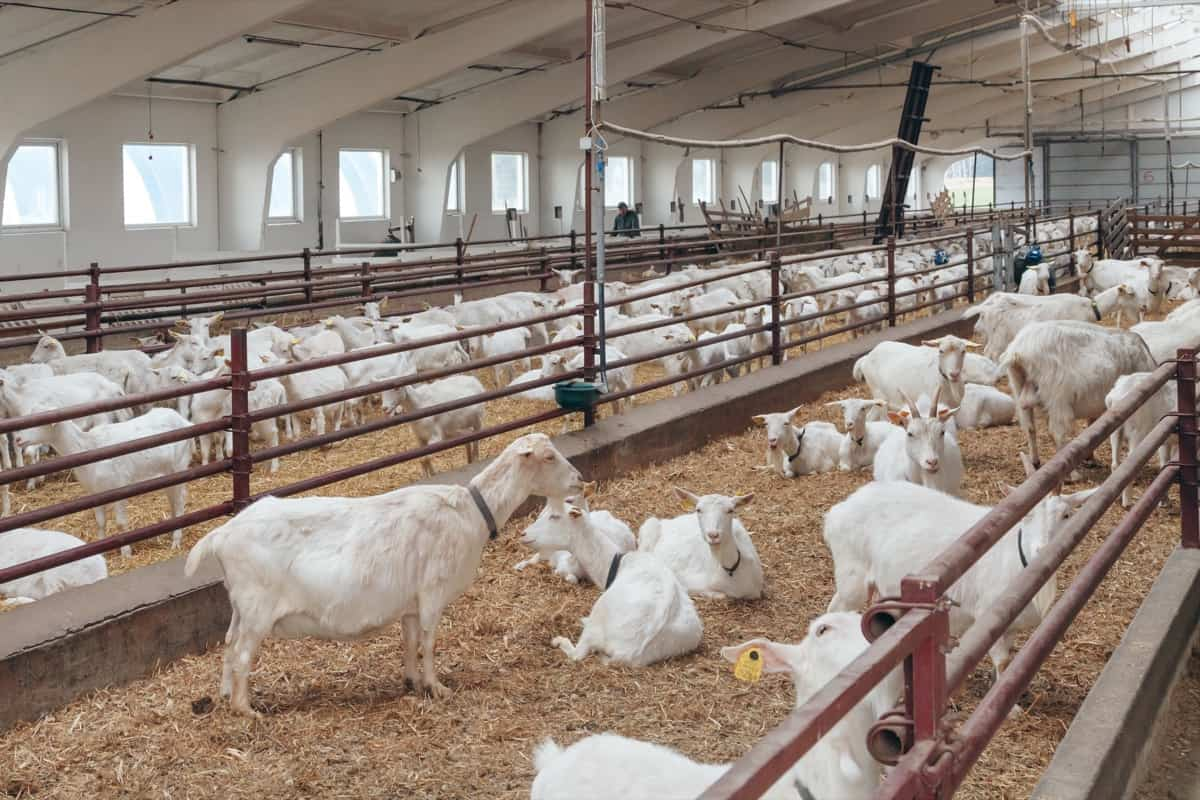
Cost-Effective Goat Housing Solutions
A good goat house should have proper ventilation, bright lighting, and adequate space for food and water accessibility. It should protect against floods, dampness, predators, and thieves. Constructing a goat house can be affordable by using materials like bamboo, nails, straws, roofing materials, and hardwood.
There are three common types of goat housing: ground-based, pole-based, and concrete houses. Ground-based housing is cost-effective and suitable for areas with little rainfall, while pole-based housing protects from damp conditions. Concrete goat houses are more durable but come at a higher cost.
Feed Cost Analysis for Goat Farming
On average, feed expenses constitute 50-70% of the total operational costs in goat farming. The feed cost varies based on factors such as the type of feed (concentrates, forages, etc.), quality, availability, and market prices. As per sources and experts, the approximate monthly feed cost for a single goat can range from INR 500 to INR 850.
Therefore, for a commercial farm with 80-100 goats, the monthly feed expenses can amount to around INR 40,000 to INR 75,000. Carefully plan and manage feed procurement, explore cost-effective alternatives like utilizing locally available forages, and implement efficient feeding strategies to optimize profitability.
Goat Breed Selection and Profitability
When it comes to goat breed selection for profitability in goat farming, there are different types. In the meat category, the Boer, Sirohi, and Osmanabadi breeds are popular for their fast growth, high meat yield, and adaptability to different climates. For dairy purposes, the Jamunapari, Saanen, and Alpine breeds are renowned for their high milk production and quality.
The Angora breed stands out in the fiber category for its luxurious and valuable mohair fiber. The Beetal breed is known for its dual-purpose characteristics, offering meat and milk production. It’s important to select breeds based on your farm’s specific goals, market demand, and environmental conditions. Factors like breed availability, feed availability, and market preferences, and consult local experts or experienced goat farmers for better breed selection decisions to ensure profitability in your goat farming
Marketing Strategies for Profitable Goat Farming
Choosing the right breeds for different categories is essential. Popular and profitable breeds for meat production include Boer, Sirohi, and Beetal. These breeds have good growth rates and desirable carcass characteristics. High-yielding breeds like Saanen, Jamunapari, and Alpine are preferred for dairy production. They have good milk production potential.
In case you missed it: Key Rules to Start Sirohi Goat Farming: Requirements and Business Plan
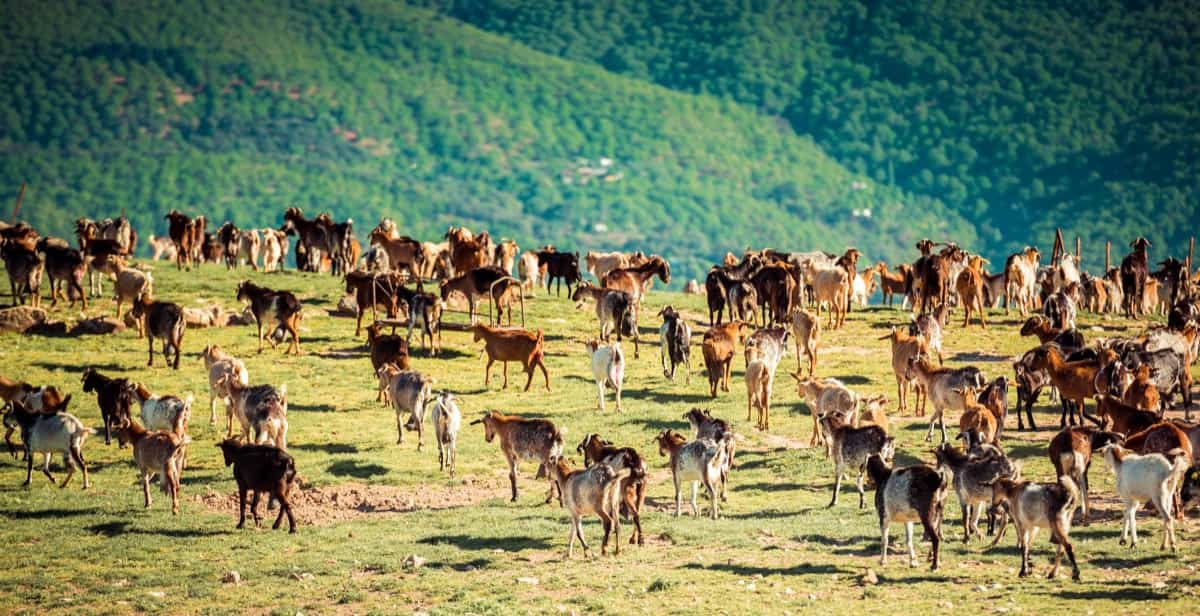
Regarding fiber, the Angora breed is known for its high-quality mohair production. It’s important to consider market demand, consumer preferences, and regional suitability while selecting breeds. Implementing effective marketing strategies such as product differentiation, branding, direct sales, and establishing reliable distribution channels can significantly enhance profitability in goat farming.
Goat Farming Budget Planning
Goat farming budget planning involves considering various costs and potential returns. Negotiate prices and buy from nearby locations to minimize transportation costs when buying goats. For example, purchasing 60 female goats weighing 25 kg each and five male goats weighing 35 kg would cost approximately INR 4,00,000.
Feed expenses include providing 3 kg of feed per kg of weight gain for kids and 0.2 kg per adult goat daily. The total feed cost for all goats, including transport, is estimated at INR 1,35,000. Other costs include shelter construction (INR 1,60,000), vaccination and medical expenses (INR 5,000), labor costs (INR 36,000), and green fodder cultivation (INR 15,000), amounting to INR 2,16,000.
Returns can be generated by selling 90 kids weighing 16 kg each, resulting in a gross profit of INR 3,10,000. After deducting running costs of INR 1,89,000, the total profit is INR 1,00,000. The return on investment (ROI) are 1.5-2 for the initial three-year period, with a total investment of INR 7,00,000.
Risk Assessment in Goat Farming
- Market risk: Assess the demand for goat products in your target market, considering consumer preferences, competition, and price fluctuations.
- Disease risk: Identify potential diseases affecting goats and implement proper biosecurity measures to prevent outbreaks. Consult with veterinarians for vaccination schedules and disease management strategies.
- Financial risk: Evaluate the investment required for setting up the farm, including infrastructure, equipment, and livestock. Consider the availability of funds, loans, and potential returns to ensure financial sustainability.
- Climate risk: Understand the local climate conditions and their impact on goat health and productivity. Adapt management practices accordingly, such as providing shelter, ventilation, and proper nutrition.
- Management risk: Assess your knowledge and experience in goat farming. Develop a comprehensive business plan, acquire the necessary skills, and seek guidance from experienced farmers or agricultural experts.
- Natural Disaster risk: Be prepared for natural disasters like floods, storms, or wildfires. Develop contingency plans, secure the farm infrastructure, and ensure the safety of your goats.
- Marketing risk: Analyze your goat products’ market channels and potential buyers. Diversify your marketing strategies and establish long-term relationships with reliable buyers.
Goat Farming Income Sources
These include meat, milk, fiber, and selling breeding stock. Meat production is a primary source of income, with goat meat being in high demand globally. Milk production can also be lucrative, as goat milk is known for its nutritional value and is used in producing cheese and other dairy products. Additionally, certain goat breeds produce high-quality fiber, which can be sold for spinning or crafting. Lastly, selling breeding stock, particularly purebred or pedigree goats, can fetch good prices and contribute to farm income.
Optimizing Profitability in Goat Milk Production
Firstly, selecting high-yielding dairy goat breeds like Saanen or Alpine can significantly impact milk production. Proper nutrition is needed to provide a balanced diet rich in protein and minerals. Ensuring good herd health through vaccination, deworming, and regular veterinary care is essential. Efficient milking practices, including proper hygiene and regularity, can improve milk quality and yield.
Comparative Analysis of Goat Meat and Milk Production Profitability
A comparative analysis of goat meat and milk production profitability, based on a research paper titled “A comparative economic analysis of goat production systems in India,” reveals some interesting findings. The study showed that goats were primarily raised to generate cash income from surplus milk and live animal sales.
In case you missed it: Key Rules to Start Barbari Goat Farming: Requirements and Business Plan

Among the variable costs, feed accounted for the highest share at 75%, followed by transportation of water and feed (12%), labor (9%), and veterinary services (4%). The research also indicated that the average annual net income per goat was Rs. 1,500 for milk production and Rs. 2,000 for meat production.
Conclusion
Conducting a comprehensive cost and profitability analysis is crucial in goat farming. By accurately assessing expenses, exploring various income sources, and implementing effective management practices, farmers can optimize profitability and make informed decisions for a successful goat farming venture.
- Types of Pesticides Used in Agriculture: A Beginner’s Guide
- Economical Aquaculture: A Guide to Low-Budget Fish Farming
- 15 Common Planting Errors That Can Doom Your Fruit Trees
- How to Make Houseplants Bushy: Effective Tips and Ideas
- Innovative Strategies for Boosting Coconut Pollination and Yield
- Pollination Strategies for Maximum Pumpkin Yield
- The Complete Guide to Chicken Fattening: Strategies for Maximum Growth
- Natural Solutions for Tulip Problems: 100% Effective Remedies for Leaf and Bulb-Related Issues
- Revolutionizing Citrus Preservation: Towards a Healthier, Greener Future
- Natural Solutions for Peony Leaf and Flower Problems: 100% Effective Remedies
- Maximizing Profits with Avocado Contract Farming in India: A Comprehensive Guide
- Natural Solutions for Hydrangea Problems: 100% Effective Remedies for Leaf and Flowers
- The Ultimate Guide to Choosing the Perfect Foliage Friend: Bringing Life Indoors
- From Sunlight to Sustainability: 15 Ways to Use Solar Technology in Agriculture
- The Ultimate Guide to Dong Tao Chicken: Exploring from History to Raising
- The Eco-Friendly Makeover: How to Convert Your Unused Swimming Pool into a Fish Pond
- Mastering the Art of Delaware Chicken Farming: Essentials for Healthy Backyard Flocks
- 20 Best Homemade Fertilizers for Money Plant: DIY Recipes and Application Methods
- How to Craft a Comprehensive Free-Range Chicken Farming Business Plan
- Brighten Your Flock: Raising Easter Egger Chickens for Beauty and Bounty
- How to Optimize Your Poultry Egg Farm Business Plan with These Strategies
- Subsidy for Spirulina Cultivation: How Indian Government Schemes Encouraging Spirulina Farmers
- Ultimate Guide to Raising Dominique Chickens: Breeding, Feeding, Egg-Production, and Care
- Mastering the Art of Raising Jersey Giant Chickens: Care, Feeding, and More
- Ultimate Guide to Raising Legbar Chickens: Breeding, Farming Practices, Diet, Egg-Production
- How to Raise Welsummer Chickens: A Comprehensive Guide for Beginners
- How to Protect Indoor Plants in Winter: A Comprehensive Guide
- Ultimate Guide to Grow Bag Gardening: Tips, Tricks, and Planting Ideas for Urban Gardeners
- Guide to Lotus Cultivation: How to Propagate, Plant, Grow, Care, Cost, and Profit
- Agriculture Drone Subsidy Scheme: Government Kisan Subsidy, License, and How to Apply Online
- Ultimate Guide to Raising Araucana Chickens: Breed Profile, Farming Economics, Diet, and Care
- Bringing Hydroponics to Classroom: Importance, Benefits of Learning for School Students
- Ultimate Guide to Raising Polish Chickens: Breed Profile, Farming Economics, Diet, and Care
- Ultimate Guide to Raising Australorp Chickens: Profile, Farming Economics, Egg Production, Diet, and Care
- Silkie Chicken Farming: Raising Practices, Varieties, Egg Production, Diet, and Care
- Sussex Chicken Farming: Raising Practices, Varieties, Egg Production, Diet and Care
Thank you for An excellent service of indepth Information provided in your site.